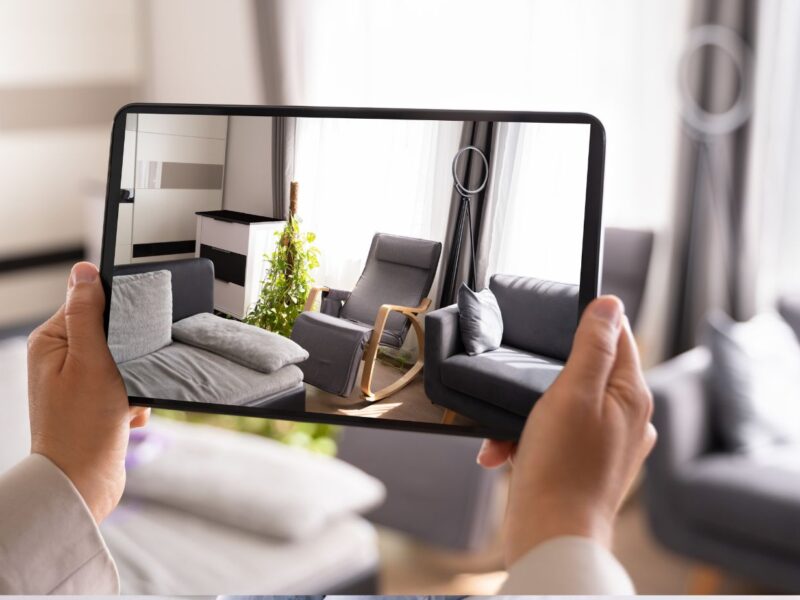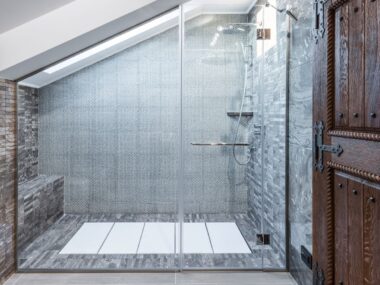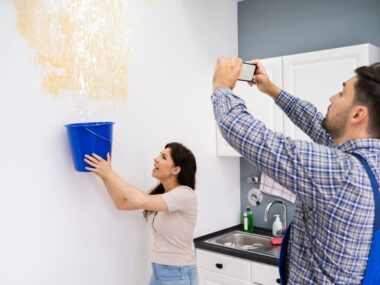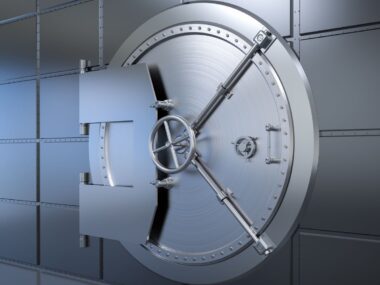The role of virtual tours in property marketing has evolved significantly in recent years. Estate agents in Bristol have reported increasing demand for virtual viewing options, with many buyers now expecting this technology as standard in property listings. Understanding the effectiveness of virtual tours and their impact on property sales has become crucial for sellers in today’s market.
The Evolution of Virtual Property Tours
Virtual tours have transformed from simple photo slideshows to sophisticated 3D walkthroughs that offer immersive property experiences. Modern technology allows potential buyers to explore properties at their own pace, examining details and revisiting areas of interest multiple times.
This evolution has significantly changed how buyers approach their initial property search.
The technology now includes features such as measurement tools, floor plan integration, and the ability to visualise different furniture arrangements or decoration options. These advancements have made virtual tours increasingly valuable for both buyers and sellers.
Impact on Purchaser Behaviour
Research suggests that properties with virtual tours typically attract more serious enquiries than those without. Buyers can pre-screen properties more effectively, reducing the number of physical viewings needed to find their ideal home. This efficiency benefits both buyers and sellers, saving time and focusing attention on genuinely interested parties.
Virtual tours allow buyers to share properties easily with family members or other decision-makers who might not be able to attend physical viewings. This broader access to property details often leads to more informed decisions and increased confidence in progressing with purchases.
Cost-Benefit Analysis
While creating professional virtual tours requires investment, the returns often justify the expense. Properties with virtual tours typically spend less time on the market and attract more qualified viewers. The initial cost should be weighed against the potential benefits of faster sales and higher viewing-to-offer conversion rates.
Modern virtual tour technology offers various options at different price points, from basic 360-degree photos to fully interactive 3D models. Understanding these options helps sellers choose the most appropriate solution for their property and budget.
Professional Quality Matters
The quality of virtual tours significantly impacts their effectiveness. Professional-grade cameras, proper lighting, and experienced photographers make a substantial difference in how properties present online. Poor quality virtual tours can actually detract from a property’s appeal, making professional execution crucial.
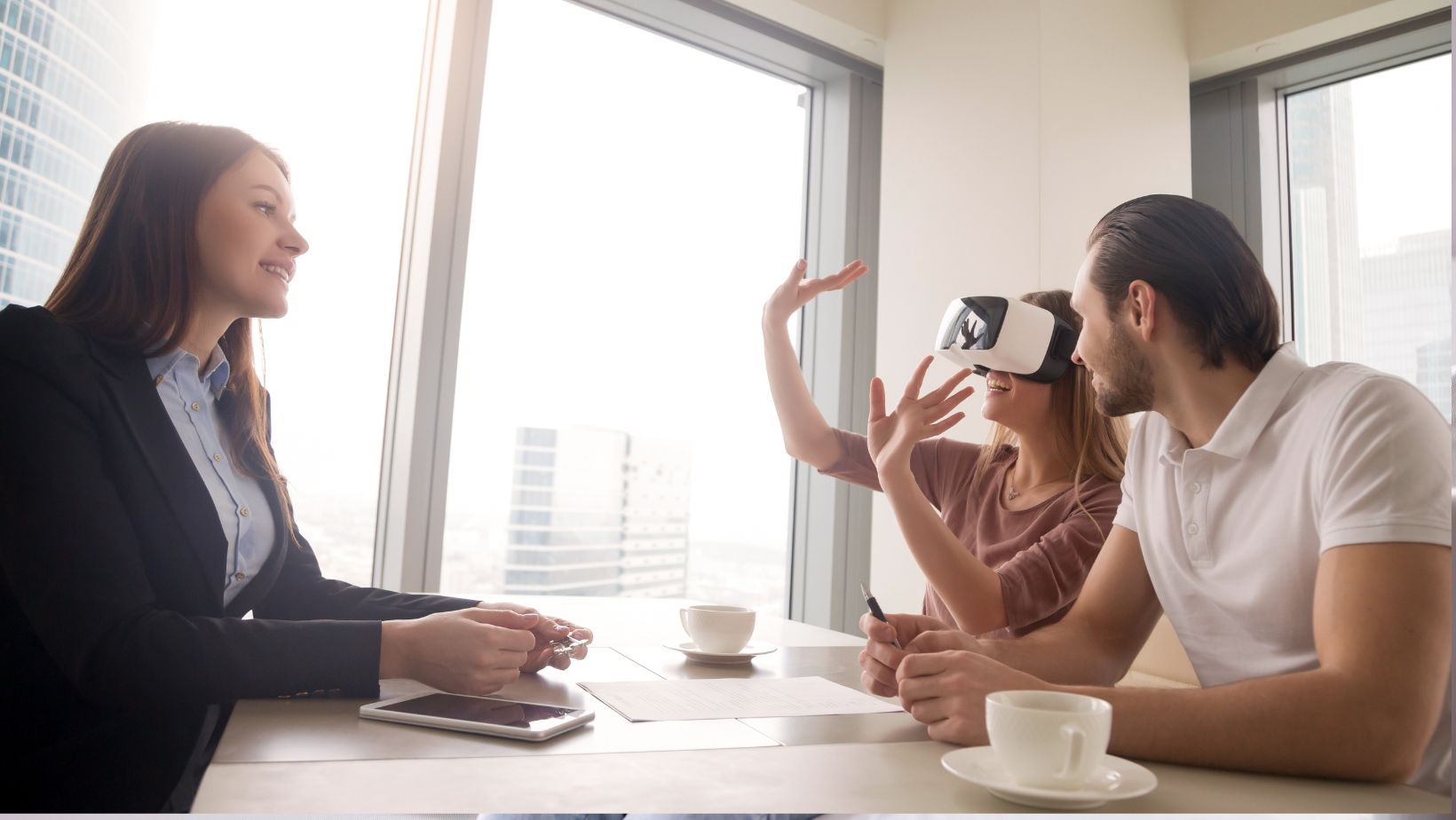
Professional virtual tour creators understand how to showcase properties effectively, highlighting key features while maintaining accurate representations. This expertise helps ensure virtual tours enhance rather than diminish property marketing efforts.
Integration with Traditional Marketing
Virtual tours work best as part of a comprehensive marketing strategy rather than a standalone solution. They complement traditional marketing methods, professional photography, and detailed property descriptions. The combination of these elements creates a more complete picture for potential buyers.
Estate agents who effectively integrate virtual tours into their marketing strategies often report improved engagement with listings and increased buyer interest. This integration helps create a seamless experience from online viewing to physical inspection.
Accessibility and Convenience
One of the most significant advantages of virtual tours is their 24/7 availability. Potential buyers can view properties at any time, from any location, removing geographical and time constraints. This accessibility particularly benefits international buyers or those relocating from different regions.
The convenience factor extends to sellers as well, reducing the number of physical viewings needed and minimising disruption to daily life. This benefit becomes particularly valuable for occupied properties or those undergoing renovation.
Managing Expectations
While virtual tours offer numerous advantages, they should set accurate expectations about properties. High-quality tours provide realistic representations, helping buyers make informed decisions about which properties warrant physical viewings. This transparency helps build trust and credibility in the selling process.
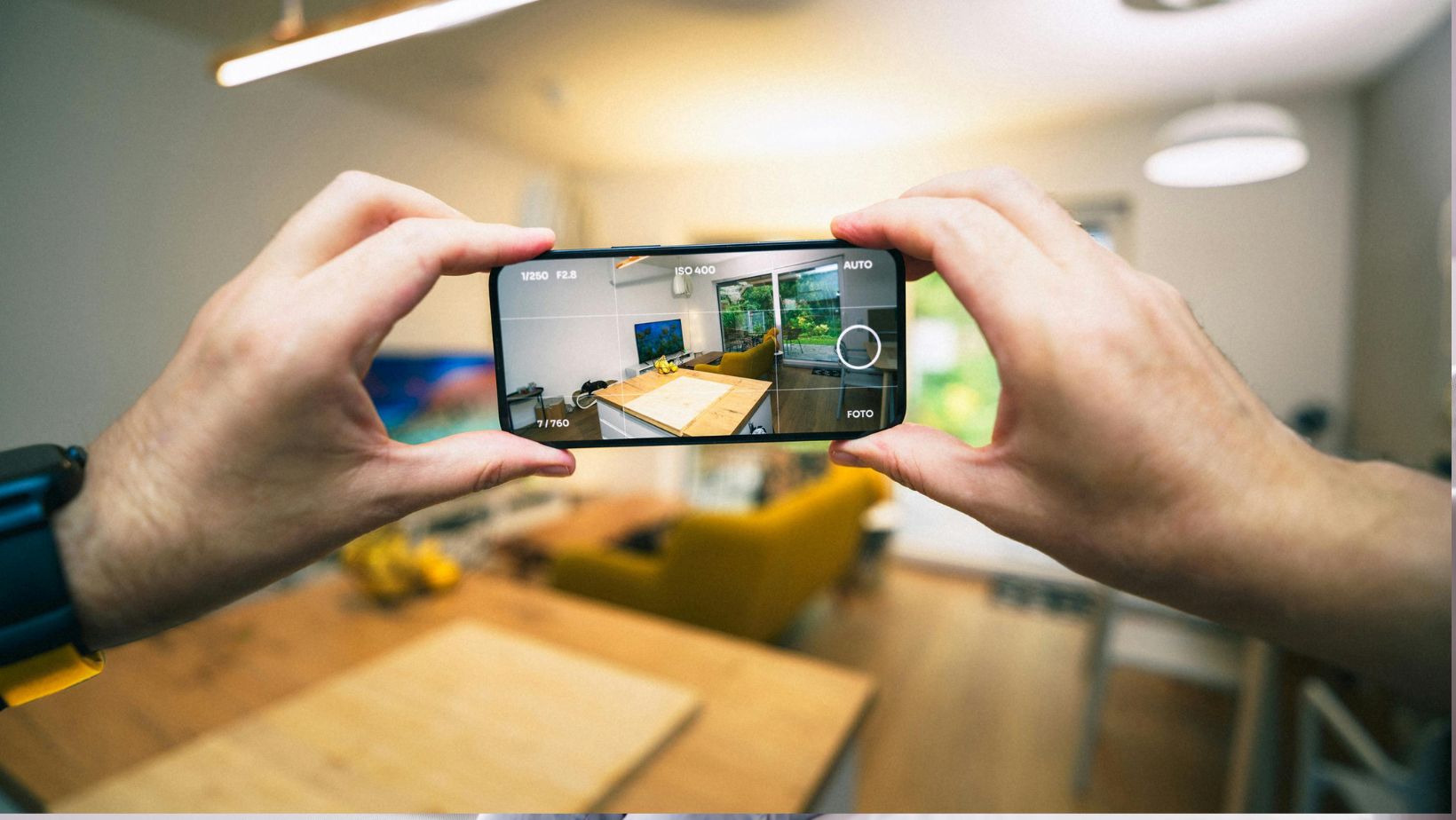
Clear communication about any recent changes or planned improvements not reflected in virtual tours helps maintain this transparency and prevents misunderstandings during physical viewings.
Future Developments
Emerging technologies continue to enhance virtual tour capabilities. Augmented reality features, improved measurement tools, and more interactive elements are likely to make virtual tours even more valuable in the future. Staying informed about these developments helps sellers and agents make informed decisions about marketing investments.
The integration of virtual tours with other property technologies, such as smart home systems and energy efficiency monitoring, may provide even more comprehensive property insights for potential buyers.
Conclusion
Virtual tours have proven their worth as effective property marketing tools, particularly in modern market conditions. When professionally executed and properly integrated into broader marketing strategies, they can significantly enhance property presentation and streamline the selling process.
For sellers considering virtual tours, the key lies in choosing the right technology level and ensuring professional implementation. While they represent an additional marketing investment, the potential benefits in terms of broader reach, qualified viewers, and efficient sales processes often justify the expense.
